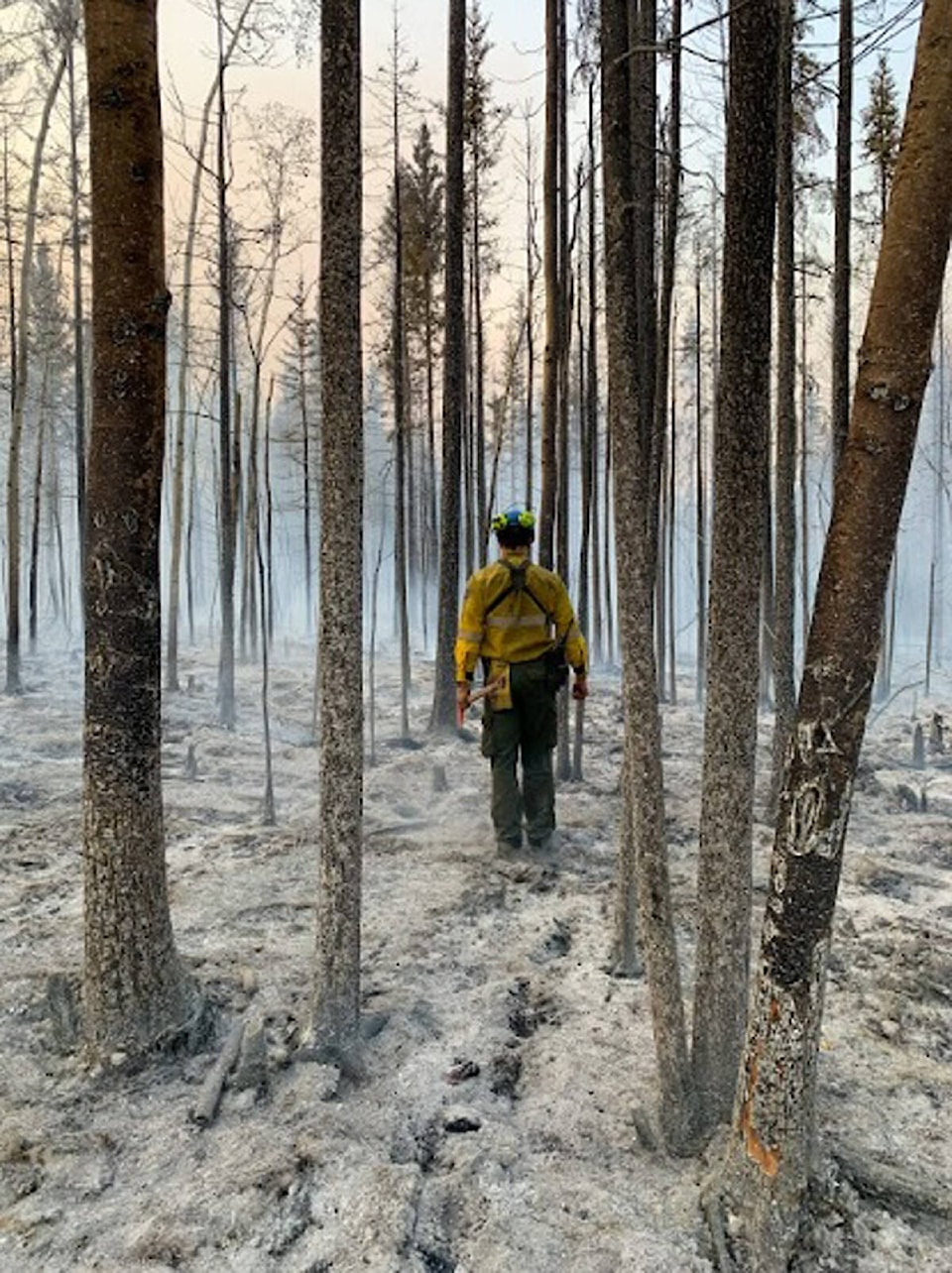Cost of the NWT wildfires and evacuation are extensive, but won’t break the bank for the GNWT.
An update was given at a press conference Sept. 14 at 4 p.m.
“The operating surplus that we had been projecting of $178 million,” said Finance Minister Caroline Wawzonek. “We are now expecting to be down at around $5 million, which is a significant drop. It is predominantly due to the wildfire season two the wildfire response and to the evacuation response, but there’s been a number of other pressures over the year as well. Nevertheless, I do want to stress that the fiscal outlook overall for the GNWT does remain stable in the longer term.
“Disaster Financial Assistance arrangement legitimately could recover as much as 90% of eligible evacuation and rebuilding costs. There’s so much to be determined and in regards to what would be eligible and whether or to what extent the fire response might be eligible. Nevertheless, we are expected to receive certainly a significant portion back over some period of time. And that of course is the other kicker is that it can normally and typically does take several years to receive a full claim under the DFA or the Disaster Financial Assistance arrangement. Good news is the federal government has been engaged with us quite actively to ensure that this money is being advanced faster and sooner, which will certainly help us avoid having to take on additional debt, which avoids us having to take on the additional costs of that debt.”
Municipal and Community Affairs minister Shane Thompson said over 6,600 vehicles have passed the Deh Cho bridge in the return to Yellowknife.
Wawzonek said the GNWT was confident the economy would recover from the wildfires.
“There’s still a tremendous and significant potential in the Northwest Territories economy,” she said. “We saw a lot happening through the summer in terms of exploration, for instance, resurgence and tourism, the fishery in the fishing industry. Tthis is also a time where we need to as we look at recovery and look at relief, look to what kinds of investments we need to actually grow the economy in a meaningful way and to become the kind of an economic engine in the north that we know we have the potential to be.”
